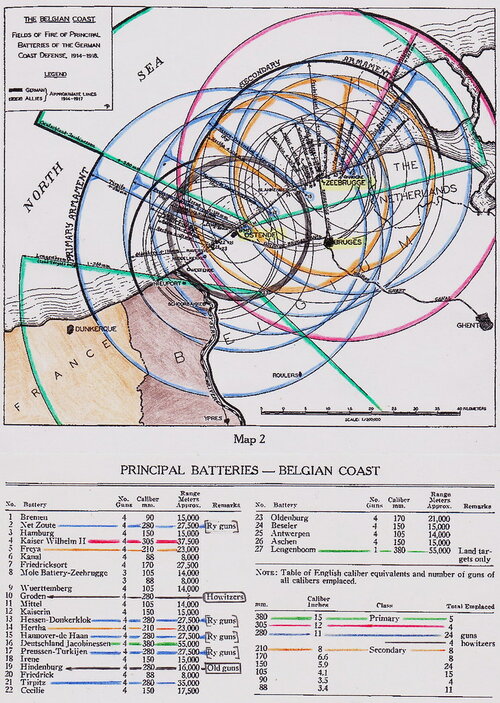Rule of cool
ACCESS: Top Secret
- Joined
- 16 January 2024
- Messages
- 994
- Reaction score
- 1,231
Inspired by this thread https://www.secretprojects.co.uk/th...nt-holds-1940-consequences-for-the-raf.44388/
In WW1 the Sea war and associated air and coastal aspects were pretty stale, at best the Germans could 'assault their jailer, but remained in jail'.
What If the Germans 'won' the so-called Race to the Sea; hit the coast at Etaples-Le Tourque and the front line of trenches was established along the Canche river and stretched inland to about where the front lines were in our history?
What impact would this have on Naval, Air and Coastal forces development?
In WW1 the Sea war and associated air and coastal aspects were pretty stale, at best the Germans could 'assault their jailer, but remained in jail'.
What If the Germans 'won' the so-called Race to the Sea; hit the coast at Etaples-Le Tourque and the front line of trenches was established along the Canche river and stretched inland to about where the front lines were in our history?
What impact would this have on Naval, Air and Coastal forces development?

